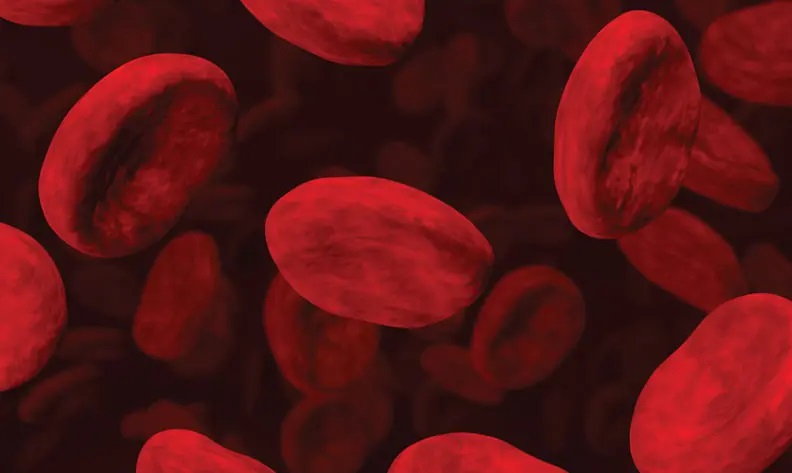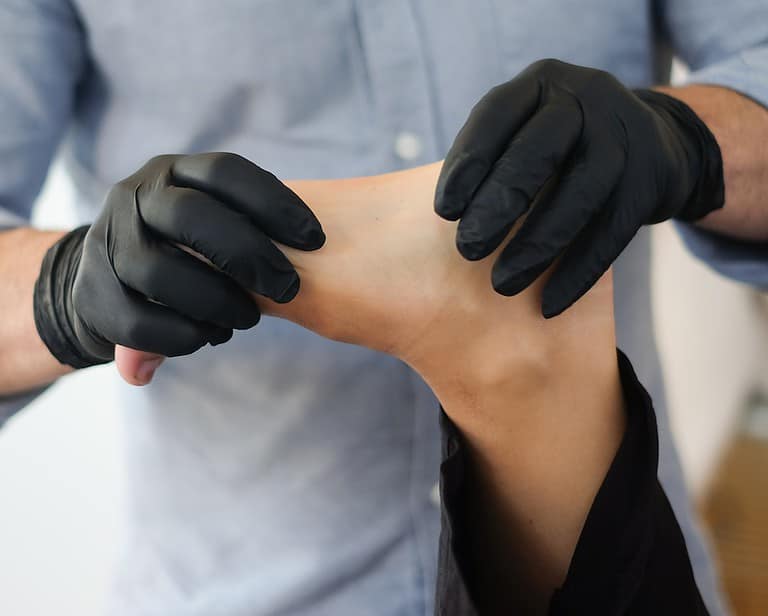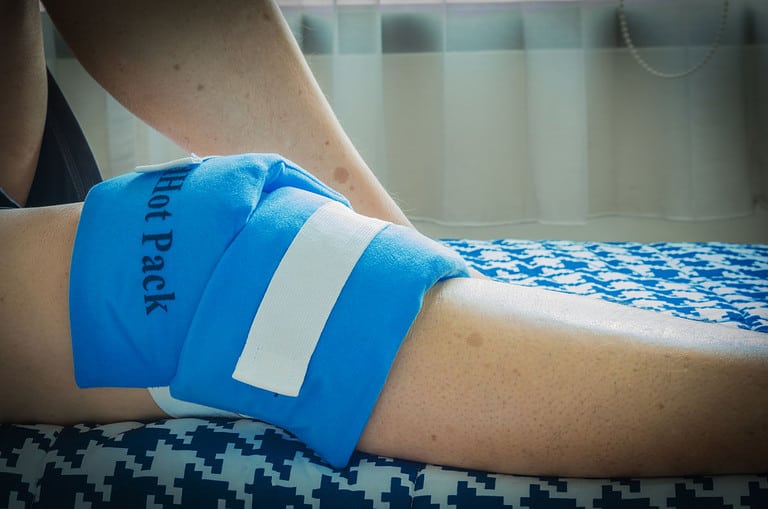What Is Sequential Compression Therapy for DVT?
What is sequential compression therapy? This modern, cutting-edge technology has been used by medical professionals to provide relief from pain and swelling in limbs due to various health conditions. It is also becoming increasingly popular among individuals who want an effective form of self-care.
In this blog post, we will explore what is sequential compression therapy, how it works, who can benefit from it, and where you can find a provider that offers this type of treatment. Let’s dive into learning more about sequential compression devices!
Table of Contents
What is Sequential Compression Therapy?
Sequential Compression Therapy (SCT) is a type of therapy that applies intermittent pneumatic compression on extremities or other parts of the body with an inflatable sleeve or wrap. The device alternates between inflating and deflating, providing rhythmic massage-like pulses that compress muscles, increase blood flow, reduce swelling, and promote healing.
This type of therapy can be used for both medical and cosmetic purposes.
SCT has many potential benefits.
- Improves circulation throughout the body.
- Reduces pain from edema.
- Increases range of motion.
- Enhances muscle recovery after exercise.
- Relieves chronic venous insufficiency symptoms such as leg cramps, fatigue, and heaviness in the legs.
- Promotes lymphatic drainage for detoxification.
- Reduces risk for deep vein thrombosis (DVT).
- Prevents or reduces scar tissue formation following surgery or injury.
- Reduces postoperative complications such as infection or wound breakdowns.
There are two main types of SCT available – Intermittent Pneumatic Compression (IPC) devices and Gradient Pressure Devices (GPD).
IPC devices use air pumps to provide short bursts of pressure while GPD devices apply continuous pressure at varying levels depending on where it is placed on the limb.
Both compression devices are effective but may require different settings. Therefore, it is important to consult with your doctor before starting any treatment program.
To better understand how this therapy works, let’s take a closer look at the components of compression devices.
How Sequential Compression Therapy Works
Sequential compression therapy begins with an assessment by a qualified provider who will determine if this type of treatment is appropriate for your condition.
Once approved, you will be fitted with special garments or wraps that are connected to a machine known as a sequential compression device (SCD).
Sequential compression devices deliver controlled amounts of pressure through these garments or wraps in order to compress different parts of your body.
A typical SCT system consists of several components including air pumps, valves, tubing, and garments/wraps designed specifically for each patient’s needs.
The air pump generates compressed air which is then delivered through tubes connected to garments or wraps worn on each limb.
Valves control how much pressure is applied while sensors monitor changes in skin temperature and other parameters during treatment sessions.
Patients should always consult their physician prior to beginning any new form of therapy, especially those involving mechanical devices like SCT systems. SCT may not be suitable for everyone, especially those with pre-existing medical conditions or who are taking medication.
In the next section, we’ll discuss who can benefit from sequential compression therapy.

(Source)
Sequential Compression Therapy Applications
What is sequential compression therapy and who is it for?
SCT is most commonly used to treat venous insufficiency, lymphedema, deep vein thrombosis (DVT), post-thrombotic syndrome (PTS), peripheral artery disease (PAD), chronic leg ulcers, and other related circulatory issues.
It may also be a preventive measure for those at risk of developing these conditions due to lifestyle or genetic factors.
SCT can be safely administered to patients ranging from infants through seniors, depending on their individual needs and health status.
In general, younger patients tend to respond better than older ones due to their higher levels of physical activity and mobility.
Choosing a Sequential Compression Therapy Provider
Finding a qualified SCT provider is an important step in ensuring that you receive the best care possible.
To begin your search, start by asking friends or family members if they have had success with SCT treatments. If not, look online for reviews of local providers who offer SCT services. Make sure to read through the reviews carefully and consider any negative feedback before making your decision.
You can also try contacting your insurance company to see which providers are covered under your plan so you can narrow down your choices.
Once you’ve found a few potential providers, check if they accept your insurance coverage. Many insurance companies will cover some or all of the cost of SCT treatments depending on the severity of the condition. Be sure to ask about any additional fees that may apply so there are no surprises when it’s time to pay.
Getting Ready for Compression Therapy
Intermittent pneumatic compression devices (IPC) can be a great way to improve your health and wellness.
Before you start using an IPC device, it’s important that you get properly fitted for one. A healthcare provider will measure your leg or arm circumference in order to make sure you get the right size cuff for your device.
Once you have the correct size cuff, they will also show you how to correctly put it on.
Do not leave compression devices on too long as this could cause discomfort or even tissue damage. Most users set their compression devices between 20-30 mmHg for optimal results and should never exceed 40 mmHg unless instructed by their healthcare provider.
Most people find 15 minutes per session sufficient but again this may vary depending on individual needs. Be sure to follow any instructions given by your doctor regarding usage times and settings of compression devices.
When using an IPC device, it is important to check regularly for signs of skin irritation such as redness, itching, or burning sensation which can occur if there has been incorrect fitting of the cuff or incorrect usage settings.
If any skin irritation occurs, turn the device off and stop using it until further advice from a medical professional. Continued use could lead to more serious issues such as infection or tissue damage.
Finally, ensure that all parts are cleaned thoroughly after each use to keep them working efficiently. This includes cleaning both inside and outside surfaces with a mild soap solution. Rinse it off with clean water and let it dry completely before storing it in a cool, dry place.
Conclusion
What is sequential compression therapy? SCT is a safe and effective treatment option for those looking to improve their overall health and well-being. It can help reduce swelling, pain, fatigue, and other symptoms associated with various medical conditions.
If you are curious about sequential compression therapy, consult with a healthcare provider who specializes in this type of treatment to determine if it is the best course of action. With proper care and guidance, SCT can provide long-term relief from many common ailments.
Are you ready to take your health and wellness into your own hands? Smart Living Now is here to help with the latest information on sequential compression therapy. This cutting-edge therapy can help improve circulation, reduce swelling, and provide relief from chronic pain.
With our comprehensive resources and easy-access tools, you’ll have everything you need to start living a healthier life today! Take control of your well-being now – let us show you how!







